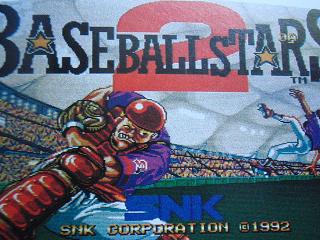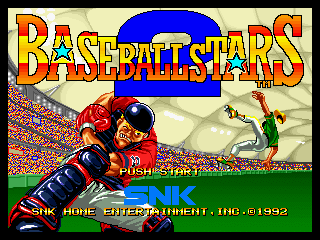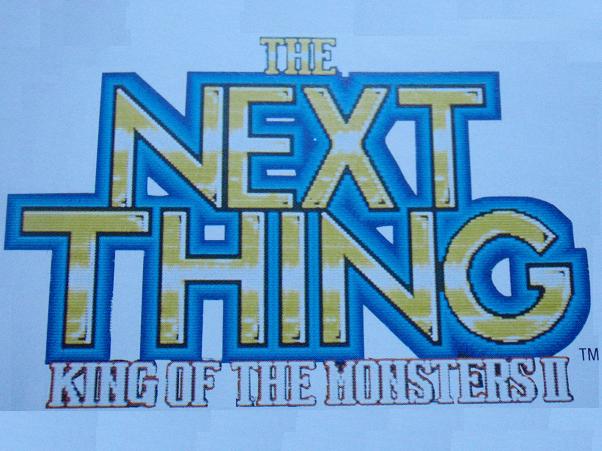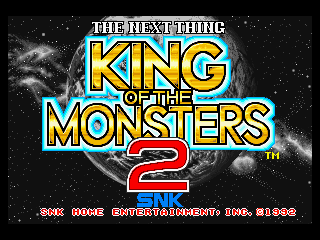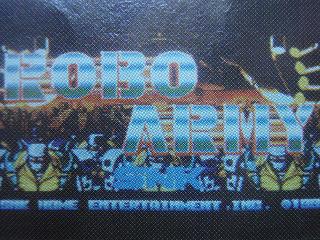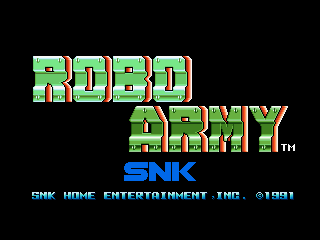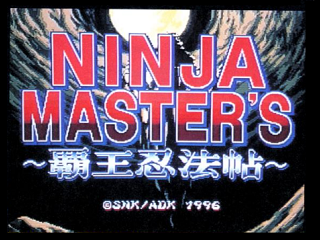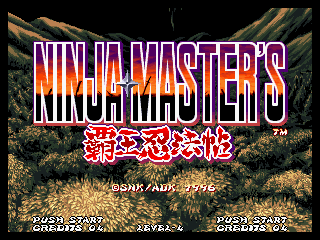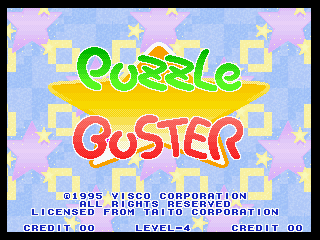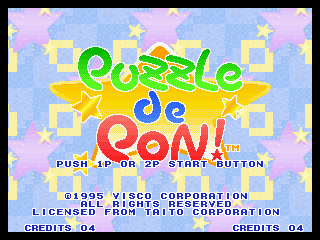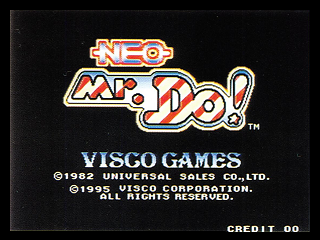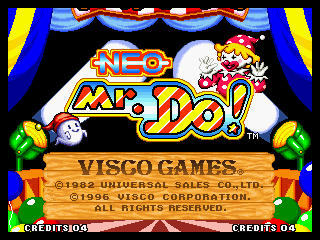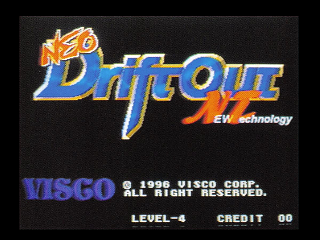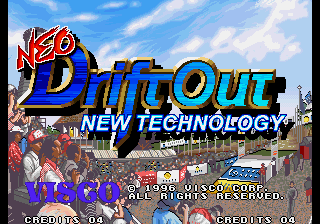|
|
![]() DETAILED DESCRIPTION:
SNK put quite a bit of effort and detail into the Sengoku games. They were
intended to be the shining stars of the side scrolling beat 'em up genre. But
the theme of Sengoku was (at the time) considered to be unsuitable for the US
market. Even the title was going to be changed because it sounded too foreign.
(The working titles for Sengoku and Last Resort were Battle World and Shooting
World). And by the time Sengoku 2 was nearing completion, the arcade industry
trend was shifting from side scrolling beat 'em ups to one on one fighting.
Sengoku 2 originally had 6 stages, but the final release was cut down to just
4. The removed stages were excessively violent and contained offensive religious
symbols. The game had a very small production run on both MVS and HOME formats
and the English home cart release was only intended for the EUROPEAN market.
DETAILED DESCRIPTION:
SNK put quite a bit of effort and detail into the Sengoku games. They were
intended to be the shining stars of the side scrolling beat 'em up genre. But
the theme of Sengoku was (at the time) considered to be unsuitable for the US
market. Even the title was going to be changed because it sounded too foreign.
(The working titles for Sengoku and Last Resort were Battle World and Shooting
World). And by the time Sengoku 2 was nearing completion, the arcade industry
trend was shifting from side scrolling beat 'em ups to one on one fighting.
Sengoku 2 originally had 6 stages, but the final release was cut down to just
4. The removed stages were excessively violent and contained offensive religious
symbols. The game had a very small production run on both MVS and HOME formats
and the English home cart release was only intended for the EUROPEAN market.
|
|
|
|

